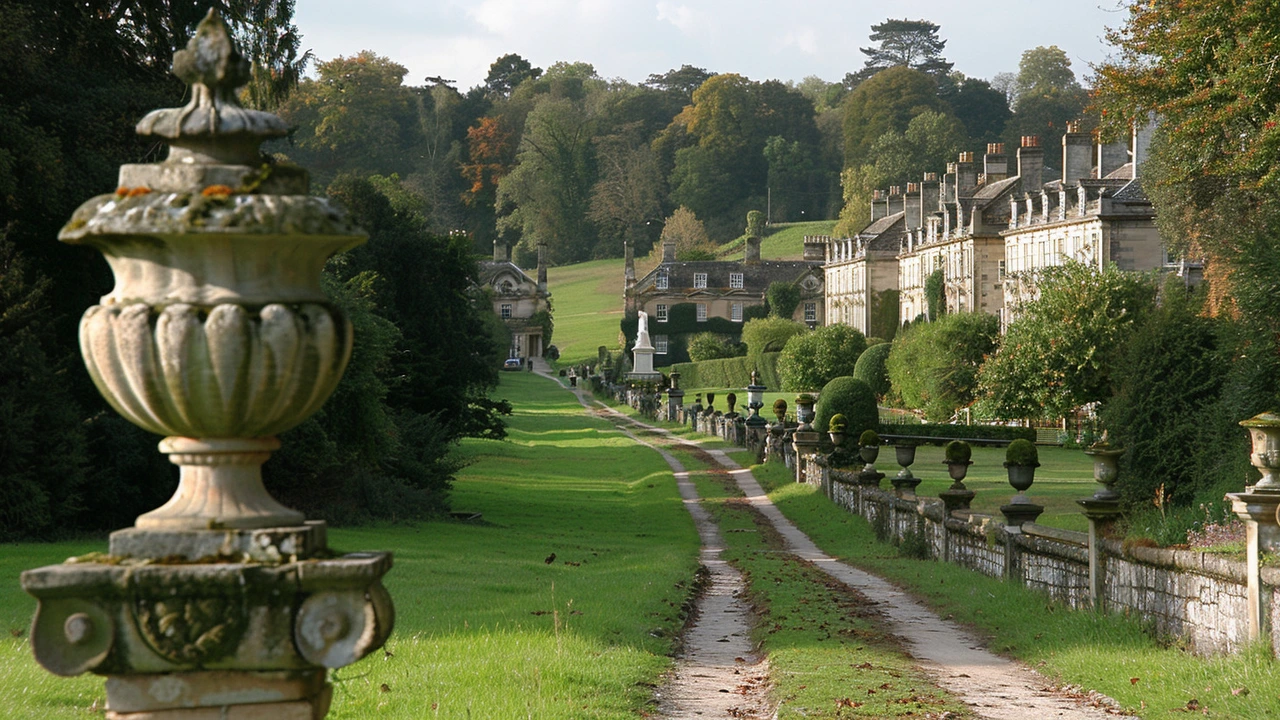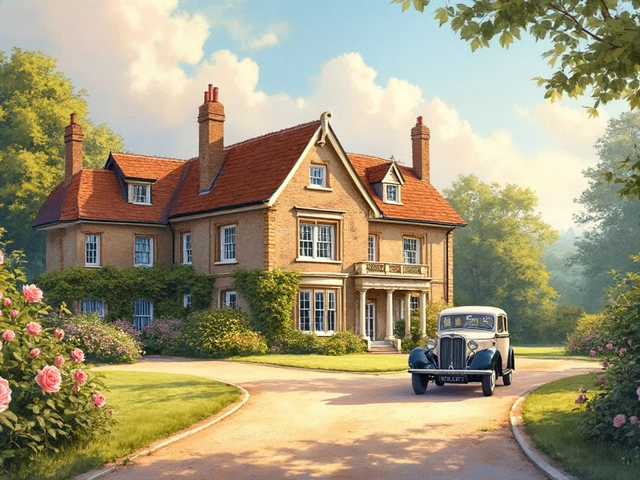The Hallmarks of Georgian Architecture
Georgian architecture, which flourished from 1714 until around 1830, is characterized by its highly symmetrical design and classical proportions. Originating in the United Kingdom during the reigns of the first four Hanoverian kings of Britain, whom all were named George, its influence spread throughout the British colonies, including North America. The style reflects the classical grace and restraint associated with Roman and Greek architecture, tailored by British architects to suit local tastes and climates. Key features include balanced windows, paneled doors with decorative crowns, and brick or stone facades.
One cannot discuss Georgian architecture without noting the Fenestration, referring to the arrangement, proportion, and design of windows in a building. Georgian buildings typically showcase multi-pane sash windows, which slide vertically, and fanlights above the front doors, most of which are adorned with intricate glazing bars. The rooflines too are a distinct aspect, often hidden behind a parapet or featuring a prominent cornice, subtly hinting at the classical influences that so strongly pervade this style.
Internally, Georgian homes are just as meticulously designed as their exteriors. High ceilings and spacious rooms are arranged in strict symmetry, with a central hallway often flanked by equal-sized rooms on either side. The decor is restrained; plasterwork is fine and detailed, but not excessively ornate. Fireplaces serve as focal points in these rooms, each bordered by elaborative mantels, a testament to the craftsmanship of the era. The overarching sentiment in Georgian interior design emphasizes harmony and proportion, ideals derived directly from classical antiquity.
Notable Examples and Their Global Reach
Architecturally significant Georgian buildings can be found throughout the world, demonstrating the style's wide appeal and adaptability. In the UK, the Royal Crescent in Bath epitomizes Georgian architecture with its sweeping crescent of terraced houses, all made from honey-colored Bath stone. This famed structure illustrates the urban planning ideals of the period, particularly the emphasis on integrating aesthetics with communal living spaces.
Across the Atlantic, the influence of Georgian architecture is visible in the historic districts of colonial cities such as Williamsburg, Virginia. Here, the Bruton Parish Church and the Governor's Palace feature the symmetry and proportions typical of the style. Even in newer states like Georgia, named after King George II, the style left a substantial imprint, evident in Savannah's squares and public buildings designed in the Georgian manner, tailored to the subtropical climate with modifications like larger porticoes and shaded windows.
In other parts of the world, elements of Georgian architecture have been adapted to local conditions and materials while maintaining the style's fundamental principles. For example, in India, British administrators adapted the Georgian architecture to the hot and dusty climate by adding deep verandas and high ceilings, which helped to keep the interiors cool. Buildings such as the Government House in Kolkata stand as testaments to this blend of pragmatism and elegance.
Enduring Influence on Modern Design
The legacy of Georgian architecture extends well beyond its historical period and continues to influence modern architectural design. The emphasis on symmetry and proportion remains relevant, influencing the design of contemporary public buildings and luxury homes. Even modern town planning can trace its roots back to the Georgian era, with its focus on aesthetic uniformity and balanced urban layouts.
Contemporary architects often borrow elements from Georgian architecture when seeking to evoke a sense of permanence, tradition, and refined beauty in their designs. Today, the Georgian style is often referenced in the design of institutional buildings such as schools, courts, and government buildings, where its formality and balance convey a sense of authority and order.
While new materials and technologies have transformed how buildings are constructed, the fundamental design principles of Georgian architecture—balance, proportion, and restrained ornamentation—continue to resonate with both architects and occupants. Its adaptability and timeless appeal make Georgian architecture a continual source of inspiration for anyone interested in design and historical architecture.





